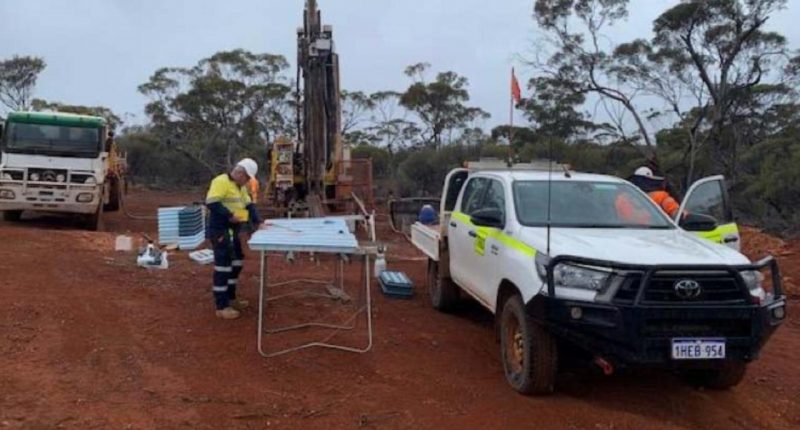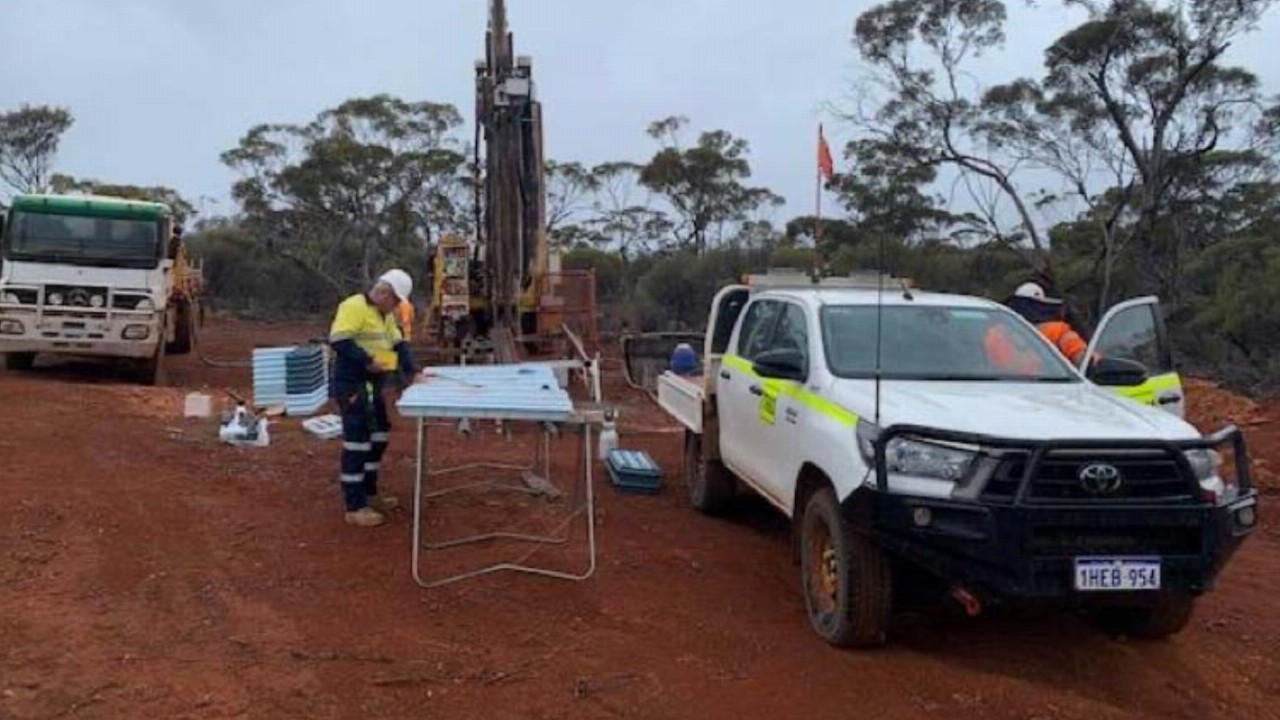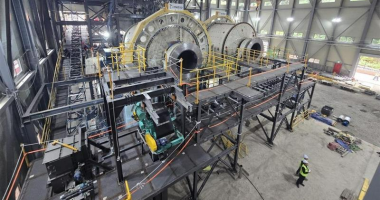In the mining industry’s many sub-sectors, iron ore stands out as the key player for the market’s prosperity.
As one of Australia’s largest export items, the mineral brought in roughly $154.2 billion in 2021.
According to the Minerals Council of Australia, Australia is the largest supplier of this crucial steel-making material. The 2021 income set a new record for the country, up 32 per cent from the previous year — which had also set a record at that time.
It’s no surprise, then, that so many juniors hedge their bets on the iron ore space as they try to establish their place in the mining industry.
Even once a company finds some prospective ground, however, it’s no easy feat to develop a project into a commercial mine. Often, companies rely on partnerships and teamwork to get their prized asset off the ground.
And ASX-listed Macarthur Minerals (MIO) in a prime position to land a strategic partner for its Lake Giles iron project in WA.
So, how have other companies in similar positions landed their partnerships?
Mineral Resources (MIN) and Red Hill Iron (RHI)
Often, juniors work to make their projects attractive to big miners with deep pockets, and investors in the explorer are rewarded in the form of an acquisition or a merger.
For example, Red Hill Iron (RHI) spent years working alongside joint venture partners Baowu, AMCI and POSCO to develop what was known as the Red Hill Iron Joint Venture.
The partner businesses drilled, surveyed and explored until they could confidently report ore reserves of 537 million tonnes (Mt) at 57.2 per cent iron at a strip ratio of 0.79:1 covering multiple deposits in September 2015.
This piqued the interest of listed big-cap Mineral Resources (MIN), which ended up buying Red Hill’s share of the JV in a $400 million deal back in July 2021.
This isn’t the first transaction of this type for Mineral Resources, either: in 2018, the company bought a string of iron ore assets from New York Stock Exchange-listed Cleveland Cliffs to further develop its presence in WA’s Yilgarn region.
Mineral Resources snapped up all of Cliffs’ tenements and its iron ore plant, equipment and non-process infrastructure, as well as its assets at the Port of Esperance.
While Cleveland-Cliffs is by no means a junior, its subsidiary, Cliffs APAC, developed these assets but exited Australia during the downturn of the iron ore commodity cycle. MinRes subsequently acquired the assets and optimised the operation by leveraging its existing operations in the region.
Legacy Iron Ore (LCY) and Hawthorne Resources (HAW)
While oftentimes big miners team up with juniors to bring projects to production, sometimes juniors work together to seek financing as they jointly develop their assets.
For example, Legacy Iron Ore and Hawthorne Resources teamed up to form the Mount Bevan joint venture in the Central Yilgarn region of WA. The project hosts 1.17 billion tonnes of magnetite resources at around 34.9 per cent iron.
It was enough to garner the attention of private mining business Hancock Prospecting, owned by Australian mogul Gina Rinehart, which forged an agreement in November 2021 to pay $9 million to Hawthorne and Legacy for a 30 per cent interest in Mount Bevan.
Hancock agreed to fund a pre-feasibility study (PFS) to bring its interest in the project to 51 per cent.
What about Macarthur?
Funding partnerships such as those mentioned above often only come once an exploration project has been developed far enough to appear on the radar of investment funds or big miners.
Mineral Resources’ interest in the Red Hill JV followed the delivery of a strong ore reserves report.
Hancock snapped up its interest in Legacy and Hawthorne’s assets once Mount Bevan was ready for the beginning of PFS work.
Macarthur Minerals’ Lake Giles iron project, on the other hand, is already further developed than any of these projects were at the time of their partnership deals.
The project tenements overlap some of the Yerilgee Greenstone Belt, within the Southern Cross Province of the Yilgarn Craton.
Cameron McCall, Executive Chairman and CEO of Macarthur Minerals, said:
“The Lake Giles Project is more advanced than any other magnetite project in the region, thus it can be in production years before anyone else… [the project] enjoys a lot of existing infrastructure in the region.”
Earlier this year, Macarthur completed and shared its long-awaited feasibility study for the project, which indicated a 25-year mine producing three million tonnes per annum (dry basis) of high-grade magnetite concentrate.
“Our feasibility study was completed in a very high-cost environment when there were supply chain and high-cost labour issues,” Mr McCall said.
“Our project is economically viable based on a very high CapEx environment and a long-term iron ore price. Macarthur’s project is also ideally located in the Goldfields region of Western Australia, where it can leverage existing rail and port infrastructure in the region to lessen capital intensity and insulate the project from capital escalation for significant infrastructure components.
“Capital avoidance for major infrastructure items is a key benefit in the development of any new project.”
The project’s maiden ore reserve, announced earlier this year, stated Lake Giles had a mineral reserve comprising 237 million tonnes of ore at proven and probable classification, demonstrating that Lake Giles is both technically and economically viable under long-term iron ore price forecasts.
The project contains 74 million dry tonnes of iron ore concentrate.
For Macarthur, priority number one is now to secure a strategic partner to assist with bringing Lake Giles to life. To do this, the company appointed a dedicated sub-committee tasked with the development, assessment, and implementation of the company’s plans.
“This sub-committee now draws together these intentions in a coordinated fashion and signals the commencement of the company’s delivery phase of the Lake Giles Iron Project,” Mr McCall said.
The takeaway for investors is that Macarthur has positioned itself well to prosper off a prolific region, and a strategic partner will further unlock the potential of its flagship Lake Giles prospect.








